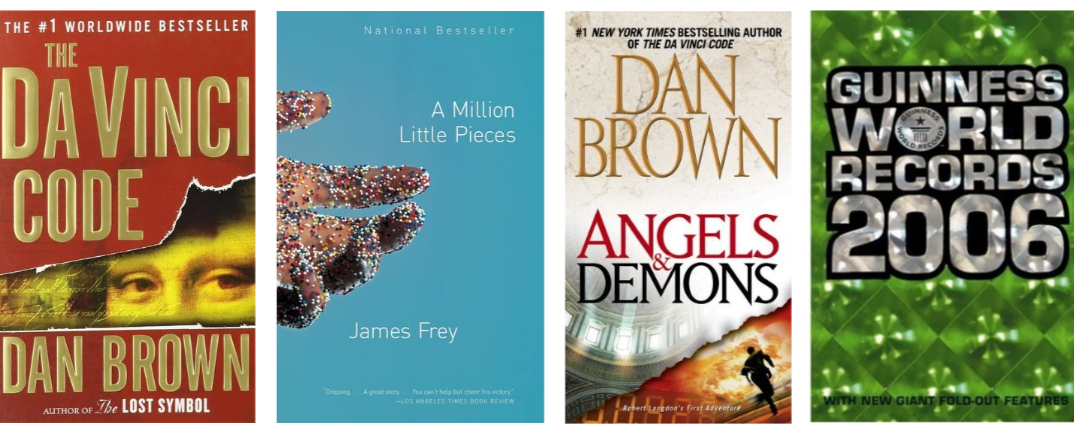Welcome to the third instalment of this blog series where individuals working across the book supply chain, from book production to distribution, wholesaling, bookselling, and more, share their visions of the book industry and what they think could be different in 2035.
We encourage anyone working in the industry, from interns to C-level executives, to share their visions of the book industry for this series by submitting their contributions through this short form. Thanks in advance for sharing your visions with us!
Coincidentally, the contributors who shared their thoughts and predictions in this particular instalment focused on book formats, digital books, and accessibility. Here’s what they had to say.
Book formats and the future of digital books
This anonymous Canadian book wholesaler predicted, “[d]igital and print formats could blend, such that every printed book is linked to auxiliary digital content about the work and its creator.” They also think that by 2035 “[s]ignificant improvements in machine translation and text-to-speech will make it easier to access e-material in other languages, and permit audio consumption of digital print.”
Wendy Reid, Accessibility and Publishing Standards Lead at Rakuten Kobo has similar thoughts on this topic: “Increased global availability and accessibility of book content. While things have improved over the years, we still see massive delays and gaps in access to content published in one country or language reaching other markets. Books can take months or years to reach places where people want to read them, and in the age of digital publishing, improved translation and technology resources, it already doesn't make sense to constrain content to specific countries or languages. In 2035, technology will have advanced well past where we are today, and I easily see it tearing down these unnecessary gaps in the market. We'll be able to fully automate or technically assist so many of the processes that hold up titles for wide release. I hope to see a day where a popular manga title in Japan sees global release on the same day it goes out locally, or a small press title in Canada becoming a viral hit in India.”
Wendy also hopes that in 2035, “we'll finally push past the 10% threshold for digital content. Print will still have its place, it needs to, but we should be considering the sustainability, accessibility, and availability benefits of digital-first or digital-exclusive publishing. Publishers should commit to advancing their digital practices to keep up with the industry and take advantage of the benefits of the medium. Digital reading still has so much untapped potential and I hope we see more and more people make the switch or embrace it as their primary reading format.”
Digital books and accessibility work closely together. About this topic, Wendy shared: “I expect (not hope!) that we'll see nearly complete adoption of Born Accessible publishing practices by 2035, with all new titles distributed being accessible by default, and a tremendous back catalogue of accessible content that grows every day.”
Lastly, an anonymous Librarian working in Collections Management in Canada shared similar predictions about digital books in the library space: “I would like to see digital resources, such as ebooks and audiobooks, become more easily accessible and affordable to direct consumers and libraries. Perhaps a bundling of resources or something so that licensing/borrowable copies of ebooks and audiobooks is more affordable for smaller libraries, especially rural libraries, that could benefit from having greater digital access when they are in such remote communities.”
Your turn
We invite you to imagine a better book industry supply chain! What is one example of an aspect of the supply chain and your professional workflow that you think could be different in 2035 than it is today? Share your thoughts through this short form. Feel free to think expansively — and specifically.















The latest news out of the European Commission.